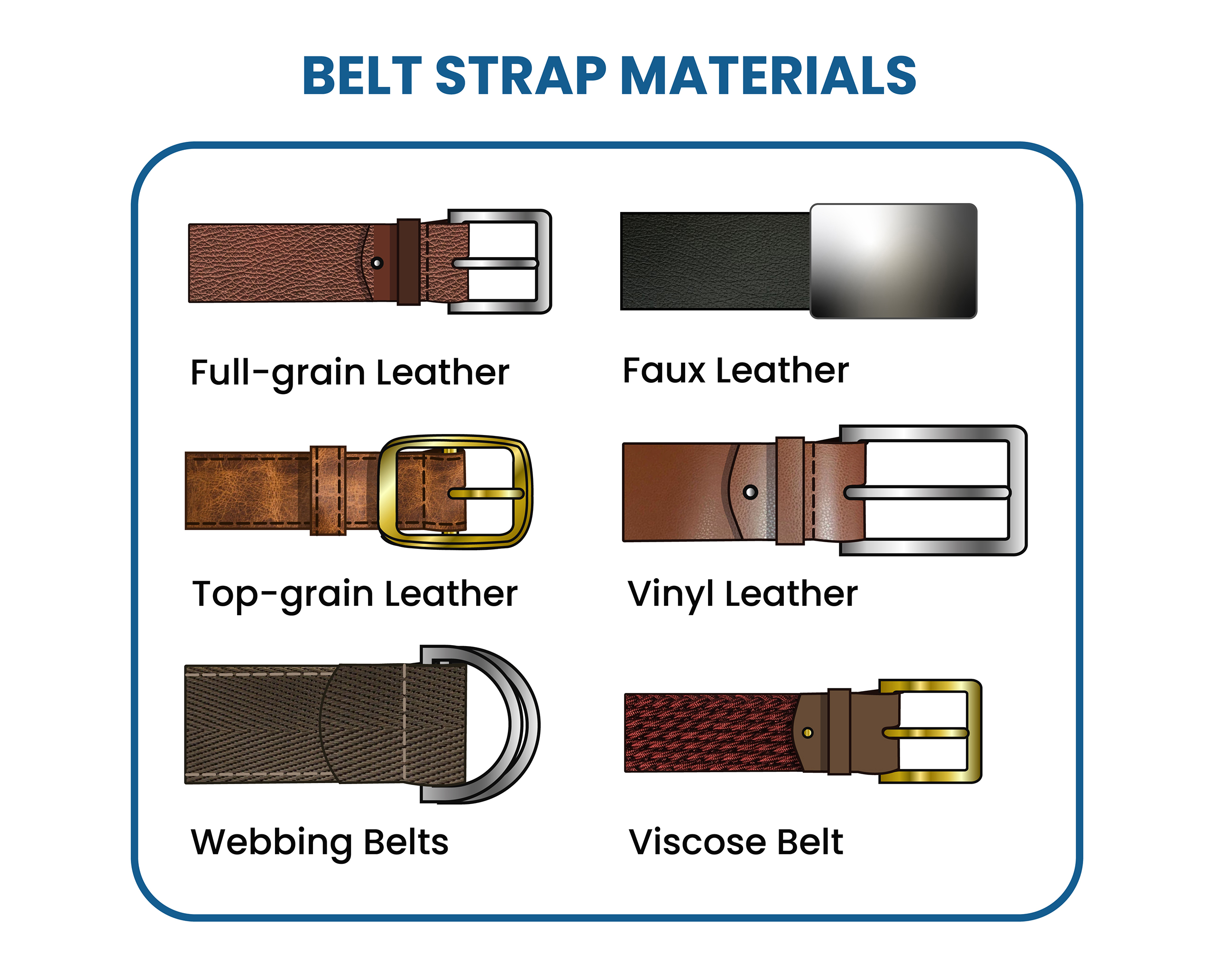Have you ever wondered about the different types of belts in your car and what they do? If so, you’re not alone. Automotive belts are an essential part of your car’s engine, and they play a vital role in keeping your car running smoothly.
The Importance of Automotive Belts
Automotive belts are responsible for transmitting power from the engine to various components, such as the alternator, power steering pump, and air conditioning compressor. Without belts, these components would not be able to function properly, and your car would quickly come to a stop.
Types of Automotive Belts
There are several different types of automotive belts, each with its own unique purpose. The most common types of belts include:
- Serpentine belts
- V-belts
- Timing belts

Serpentine Belts
Serpentine belts are the most common type of belt in modern cars. They are long, thin belts that wrap around multiple pulleys on the engine. Serpentine belts drive the alternator, power steering pump, air conditioning compressor, and other accessories.
Serpentine belts are made of a durable rubber compound that is resistant to heat and wear. They are also designed to be self-tensioning, which means that they will automatically adjust their tension as needed.

V-Belts
V-belts are another common type of automotive belt. They are V-shaped in cross-section, and they fit into V-shaped pulleys on the engine. V-belts are used to drive the power steering pump, air conditioning compressor, and other accessories.
V-belts are made of a variety of materials, including rubber, leather, and metal. They are not as durable as serpentine belts, and they require more frequent replacement.

Timing Belts
Timing belts are a critical component of the engine. They connect the crankshaft to the camshaft, and they ensure that the valves open and close at the correct time. Timing belts are made of a reinforced rubber compound, and they are designed to last for many years.
However, timing belts can fail, and if they do, it can cause serious engine damage. It is important to have your timing belt replaced according to the manufacturer’s recommended schedule.

The Importance of Belt Maintenance
Automotive belts are an essential part of your car’s engine, and they need to be properly maintained in order to keep your car running smoothly. Here are a few tips for belt maintenance:
- Inspect your belts regularly for signs of wear or damage.
- Replace your belts according to the manufacturer’s recommended schedule.
- Have your belts tensioned properly by a qualified mechanic.

Conclusion of Essential Guide To Understanding Automotive Belt Types
Automotive belts are an essential part of your car’s engine, and they play a vital role in keeping your car running smoothly. By following the tips in this guide, you can help to ensure that your belts last for many years and that your car continues to run smoothly.
